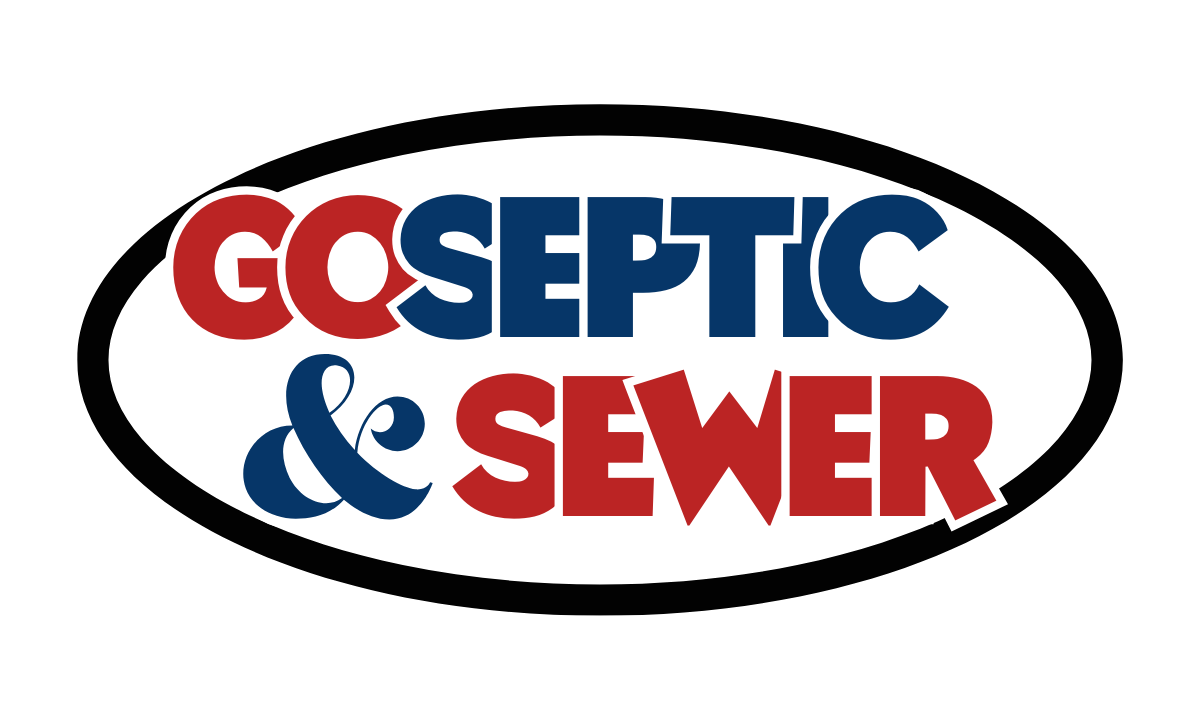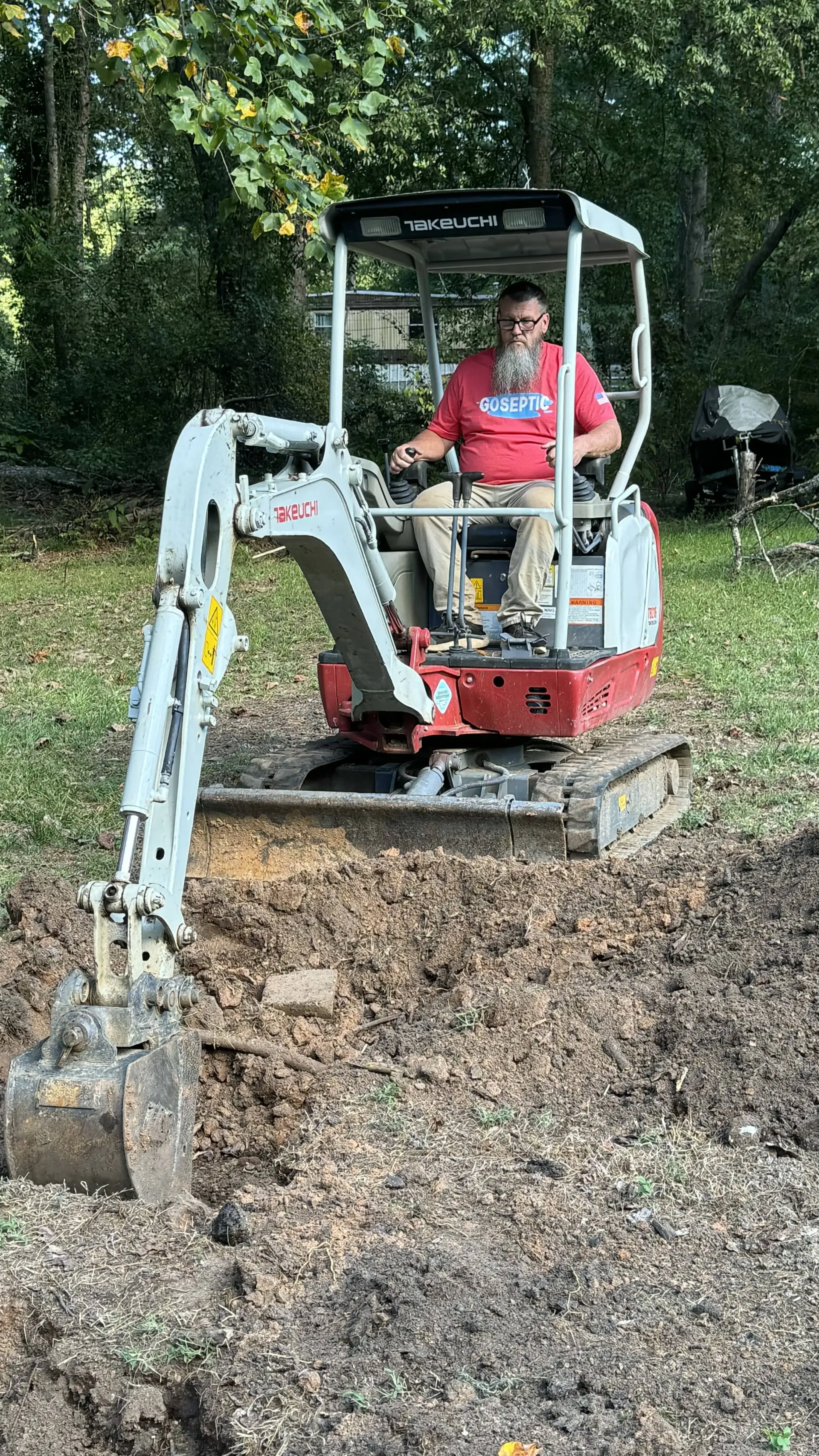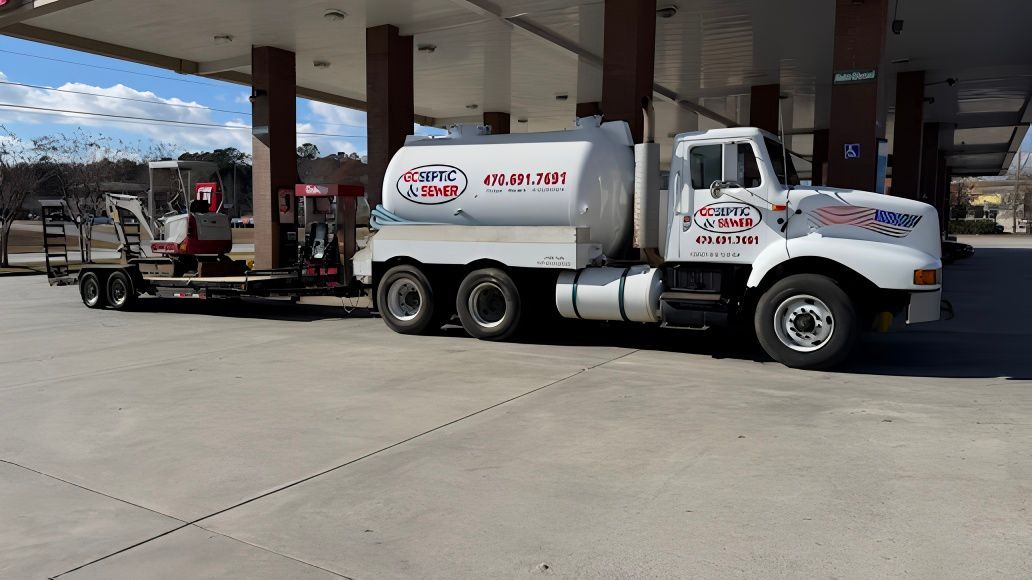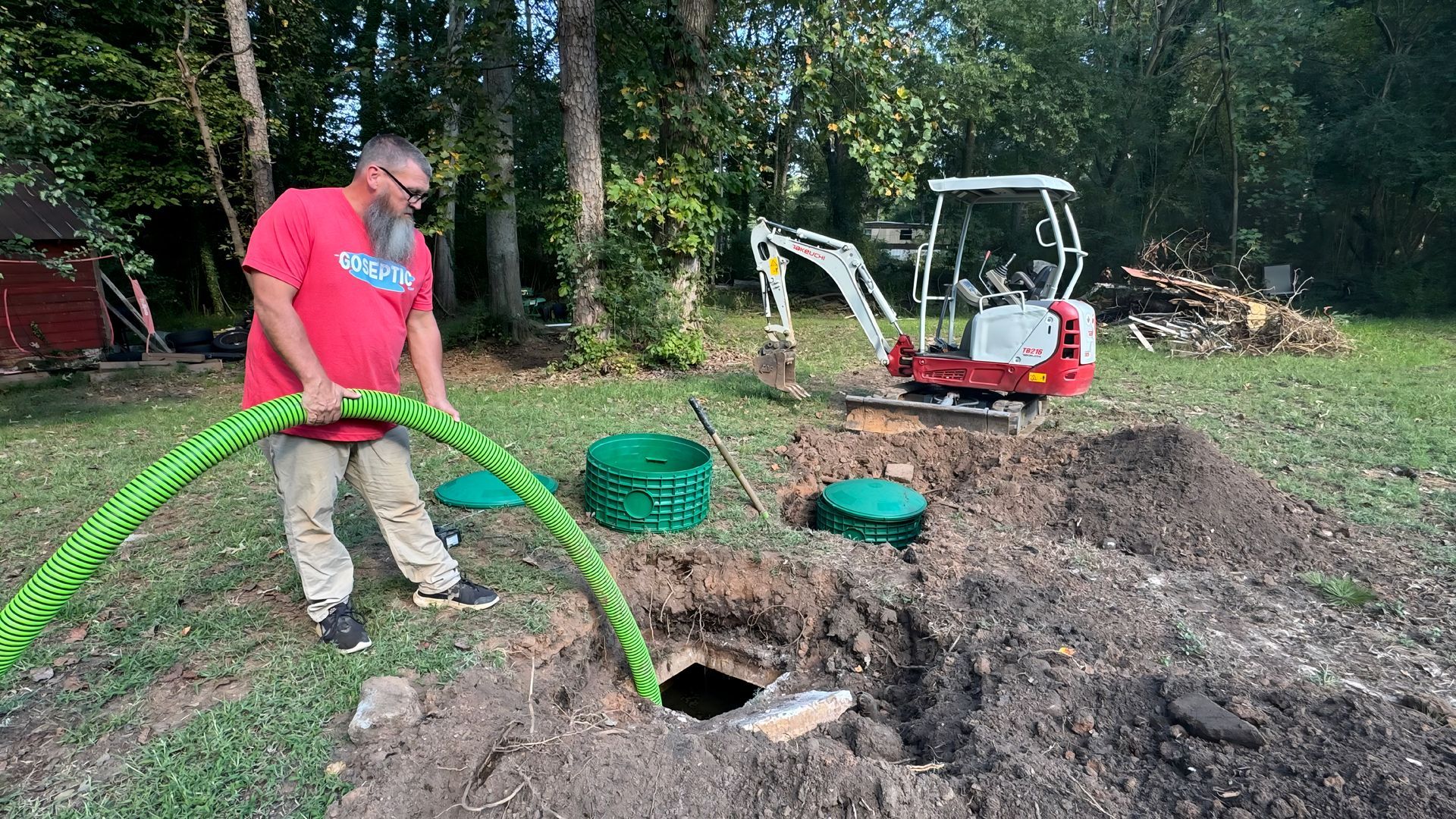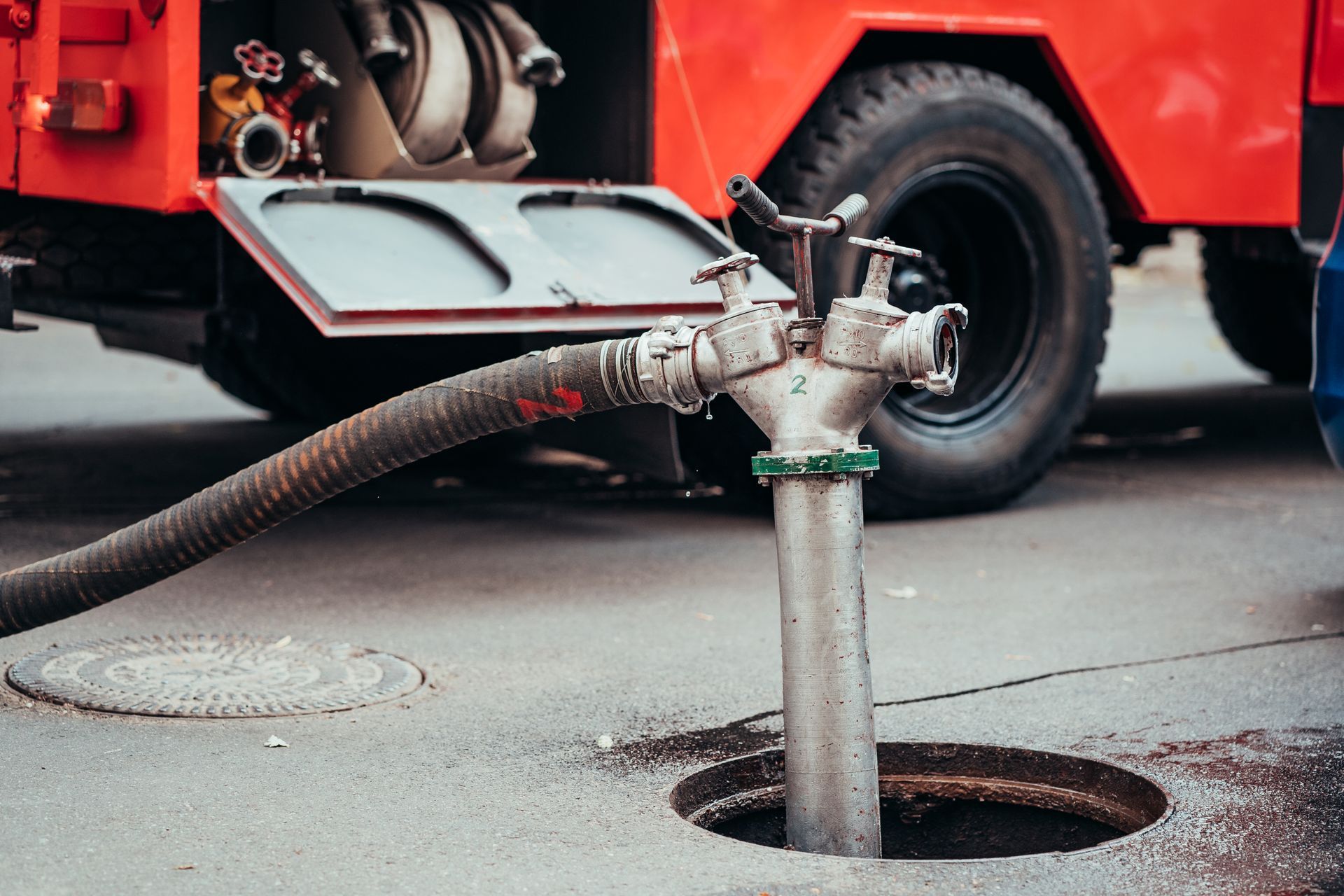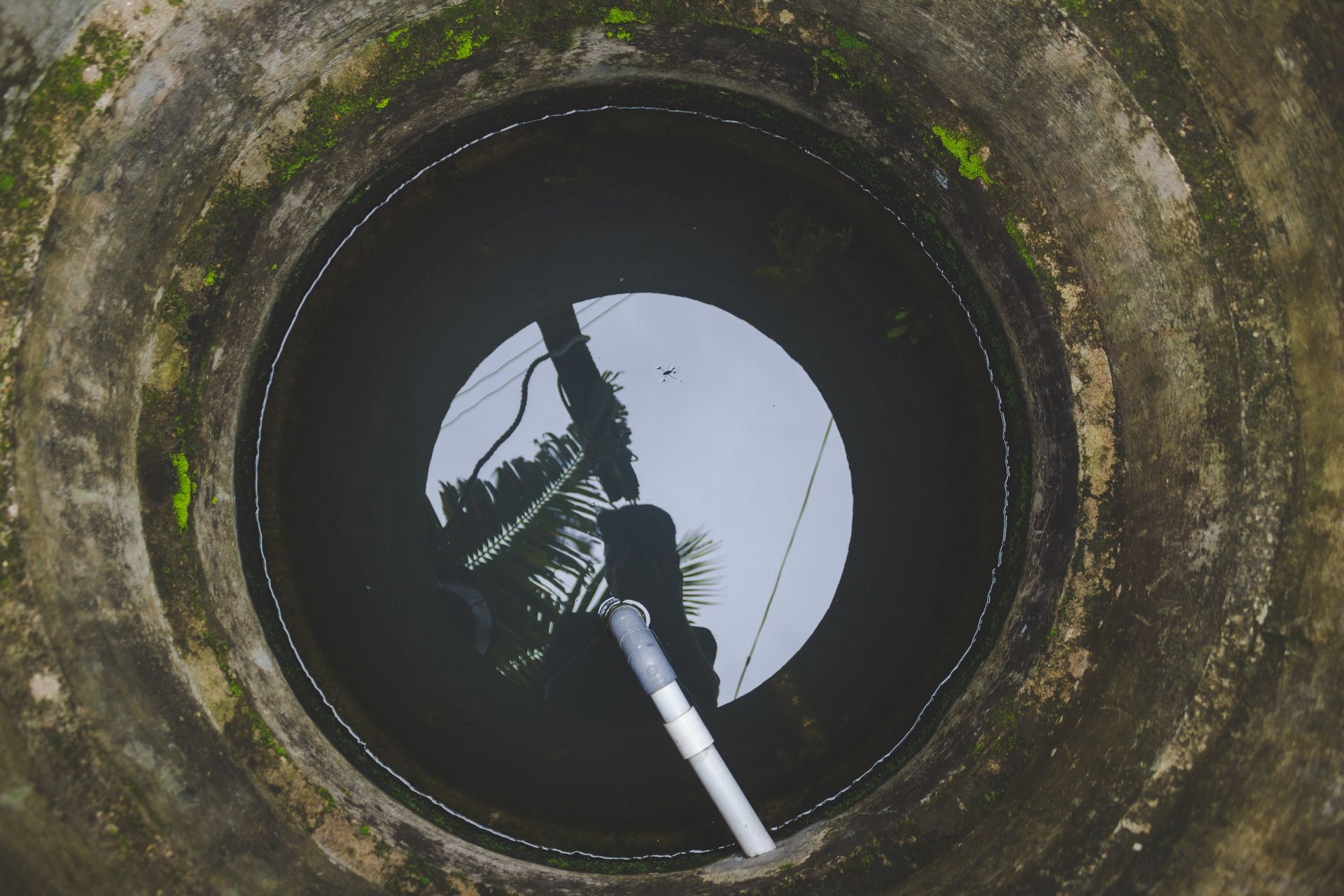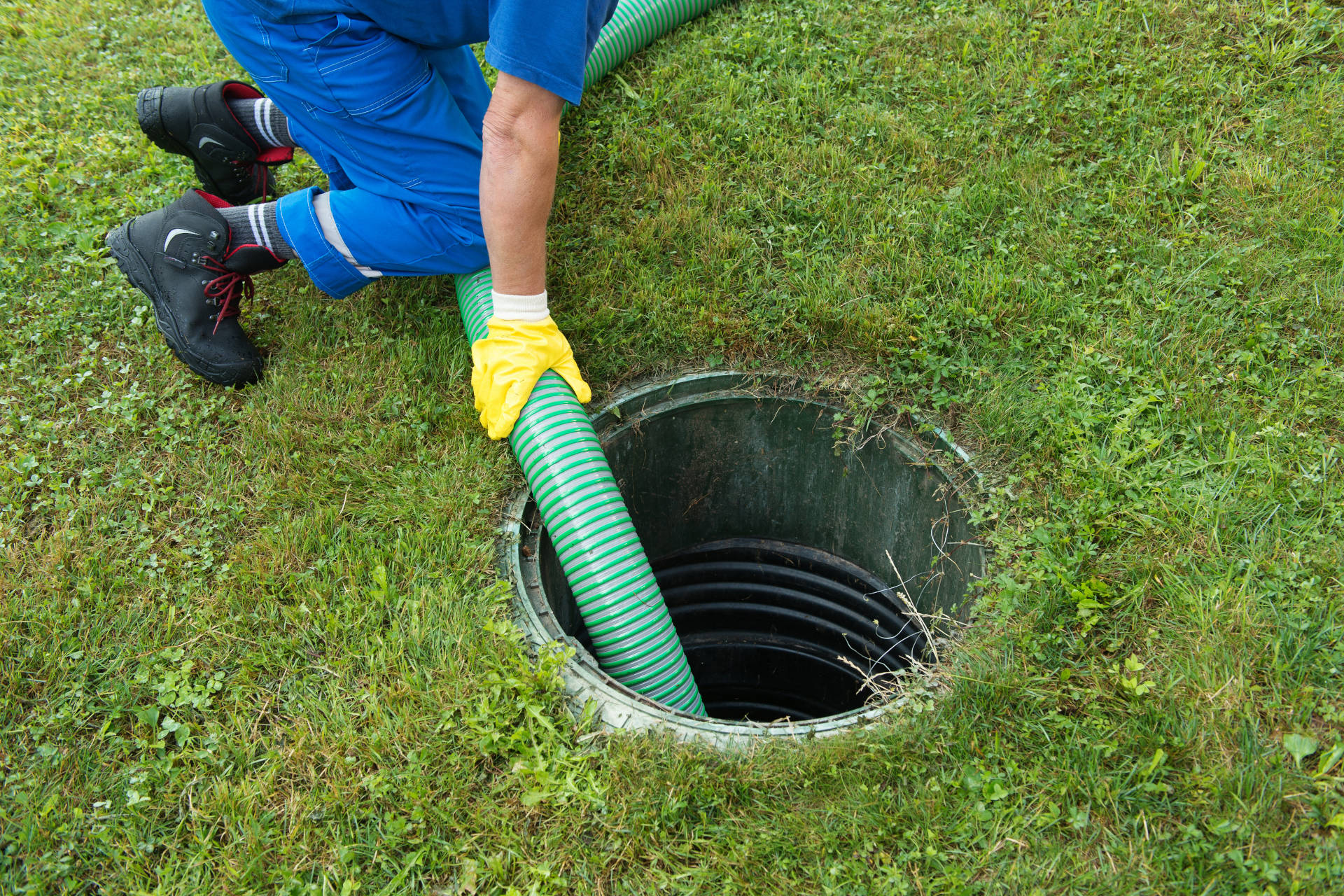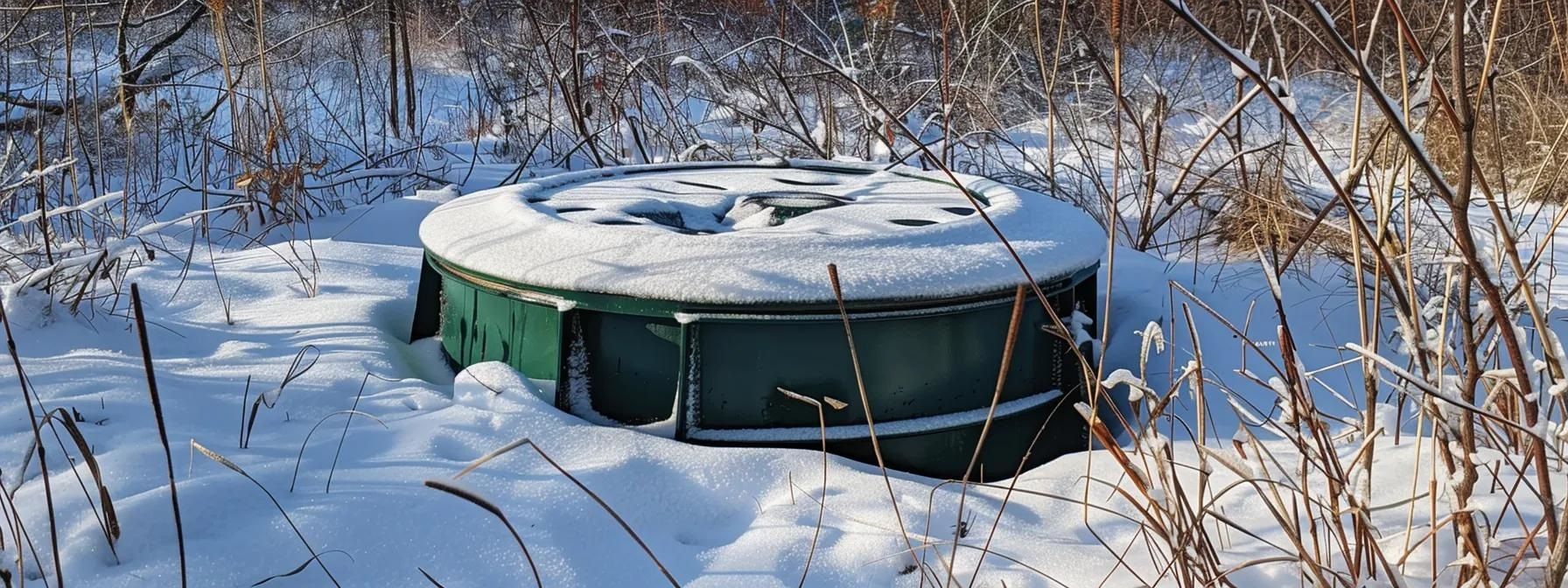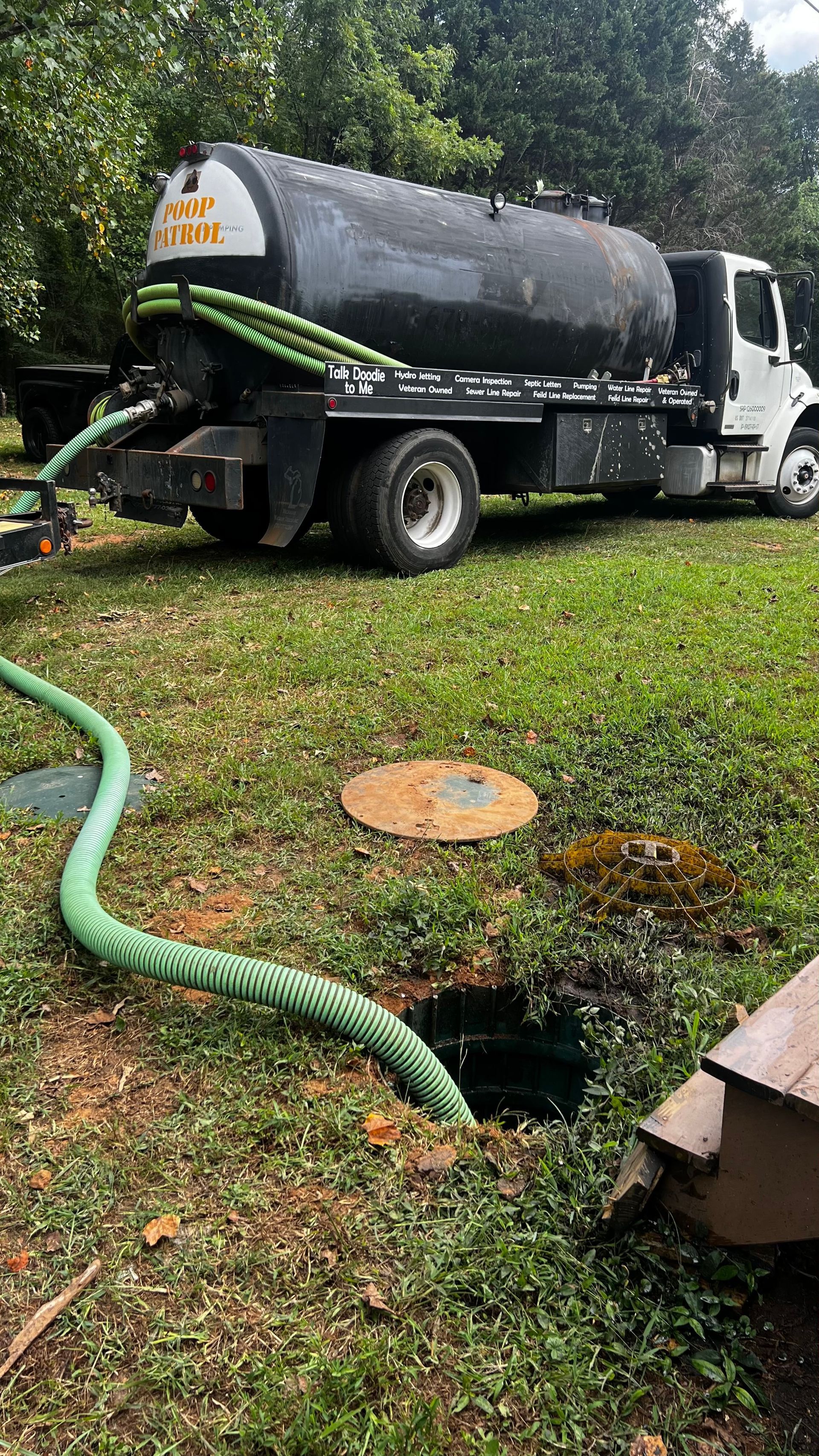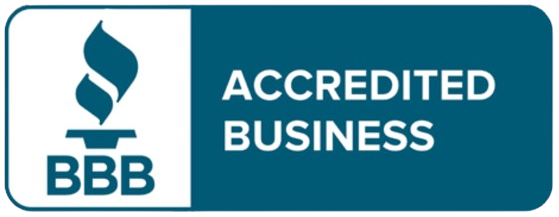Essential Septic Tank Care Tips for Homeowners
Neglecting routine septic tank care can lead to backups, foul odors, and costly repairs, but simple preventive steps will protect your home and drainfield for years to come.
In this guide on routine septic tank care tips, we'll map out pumping and inspection schedules, flushing pitfalls to avoid, early problem detection and remedies, an overview of system workings and components, plus best practices for maintaining a healthy drainfield.
By following these recommendations and partnering with a local Cumming septic tank repair expert like GoSeptic & Sewe, homeowners in North Georgia can preserve system performance, prevent failures, and enjoy peace of mind.
How Often Should You Pump and Inspect Your Septic Tank?
Regular pumping and inspection ensure balanced sludge levels and protect your drainfield from overload by removing solids and preventing clogs. According to the Environmental Protection Agency, a typical household septic tank requires pumping every 3 to 5 years, though individual schedules vary based on usage patterns and system design.
Establishing a predictable pumping cycle improves system longevity, reduces breakdown risks, and promotes efficient wastewater treatment, so your septic system continues operating without a hitch.
What Factors Determine Septic Tank Pumping Frequency?
Below is a breakdown of key factors that influence how often your septic tank needs pumping and the impact each one has on your maintenance schedule.
| Factor | Description | Impact |
|---|---|---|
| Household Size | Number of occupants using water | Larger households fill tanks faster |
| Tank Capacity | Volume capacity in gallons | Smaller tanks need more frequent pumping |
| Garbage Disposal Use | Amount of solid waste entering the tank | Frequent disposal accelerates sludge |
| Water Usage | Daily wastewater volume | High water use flushes solids prematurely |
These factors work together to influence sludge accumulation rates, guiding homeowners to tailor pumping intervals and keep solids from reaching the drainfield.
Why Are Regular Septic System Inspections Crucial?
Routine inspections assess component condition, detect early leaks, and verify proper scum and sludge levels before problems escalate. Technicians measure tank contents, evaluate baffle integrity, and inspect outlet filters to ensure unimpeded effluent flow. Early detection of wear, corrosion, or blockages allows timely repairs that prevent backups and protect groundwater quality.
What Should Homeowners Avoid Flushing to Protect Their Septic System?
Protecting your septic system requires avoiding materials that disrupt bacterial balance or cause blockages. Non-biodegradable and chemically harsh items impede organic breakdown, leading to clog formation and drainfield damage. Steering clear of these substances preserves beneficial bacteria and prevents costly repairs down the line.
Which Common Household Items Harm Septic Tanks?
Before describing alternatives, it helps to recognize the main culprits that impair tank health:
- Non-biodegradable wipes and feminine hygiene products clog pipes and tank openings.
- Cooking grease and oil solidify in pipes, causing buildup and backups.
- Dental floss, cotton swabs, and hair form tangles that block baffles.
- Harsh chemicals like paint thinner or drain cleaners kill essential bacteria.
- Coffee grounds accumulate as sludge and reduce tank capacity.
What Are Septic-Safe Cleaning Products and Alternatives?
Choosing gentle, bacteria-friendly cleaning agents supports septic health without sacrificing sanitation:
- Enzyme-based cleaners accelerate organic breakdown without harming microbes.
- Mild dish soaps and phosphate-free detergents clean surfaces safely.
- White vinegar and baking soda neutralize odors and dissolve residue.
These septic-safe products maintain hygiene while preserving the biological processes that keep your system functioning.
How Does Garbage Disposal Use Affect Septic Tank Health?
Frequent garbage disposal use increases solid waste entering the tank, accelerating sludge buildup. Reducing disposal use limits the volume of food particles and grit, which otherwise demand more frequent pumping. When disposal is necessary, run cold water for at least 30 seconds after grinding to flush particles into the tank rather than the drainfield.
How Can You Recognize and Address Common Septic System Problems?
Early detection of septic issues prevents environmental contamination and expensive emergency repairs by prompting corrective actions. Observing system performance and yard conditions helps homeowners act quickly to restore normal function and avoid further damage.
What Are the Early Signs of Septic System Failure?
Common indicators that your septic system is failing include:
- Slow Drains – Water pools around fixtures or drains slowly.
- Sewage Backups – Wastewater returns through toilets or sinks.
- Foul Odors – Persistent smells near the tank or drainfield.
- Wet Spots – Puddles or spongy soil above the drainfield.
Noticing these symptoms early allows you to schedule pumping or septic tank repair in Cumming GA, before system collapse.
How to Prevent and Manage Tree Root Infiltration and Leaks?
Tree roots invade pipes seeking moisture, leading to cracks and leaks that compromise tank integrity. Installing a root barrier around the drainfield perimeter prevents intrusion, while occasional root trimming and professional pipe inspection eliminate existing encroachments. Addressing root infiltration promptly preserves pipe strength and prevents effluent escape.
What Causes Foul Septic Odors and How Can You Fix Them?
Septic odors arise from trapped gases produced during anaerobic decomposition of organic waste. Ensuring the vent stack is clear and pumping out excess sludge mitigates gas buildup. Adding a bacterial booster once a year promotes efficient breakdown of solids, reducing gas production and restoring fresh conditions.
How Does Your Septic System Work and What Are Its Key Components?
Your septic system functions as a natural wastewater treatment unit by separating solids, hosting bacteria, and dispersing effluent into soil. Solids settle into sludge and scum layers while bacteria degrade organic matter, producing clear effluent that percolates through the drainfield. This process safeguards groundwater and maintains a healthy home environment.
| Component | Function | Benefit |
|---|---|---|
| Septic Tank | Collects and separates waste solids | Prevents solids from entering drainfield |
| Baffles | Directs flow and retains solids | Ensures proper settling |
| Effluent Filter | Traps suspended particles | Protects drain trenches |
| Drainfield | Disperses treated effluent | Enables soil-based filtration |
What Are the Main Parts of a Septic System?
A standard septic system includes a watertight tank for settling solids, inlet and outlet baffles to guide flow, an effluent filter to trap particles, and a drainfield network of perforated pipes that release treated wastewater into soil for final filtration.
How Does Wastewater Treatment Occur Inside the Septic System?
Wastewater enters the tank, where gravity separates solids into sludge and scum layers. Anaerobic bacteria digest organic matter within these layers, reducing volume and converting waste into simpler compounds. Clear effluent then exits through the outlet baffle and filter, flowing to the drainfield for soil absorption.
Why Are Beneficial Bacteria Important for Septic Tank Health?
Beneficial bacteria drive the decomposition of organic solids, minimizing sludge accumulation and preventing odors. Maintaining a balanced microbial population through proper flushing habits and septic-safe cleaners supports continuous waste breakdown and extends pumping intervals.
What Are the Best Practices for Maintaining a Healthy Drainfield?
Maintaining a healthy drainfield preserves soil permeability and prevents surface pooling by directing effluent properly and avoiding surface pressures. Well-managed landscaping and mindful water use ensure the drain trenches remain unobstructed and effectively absorb treated wastewater.
How Can Landscaping and Water Use Protect Your Drainfield?
Proper grading diverts roof runoff away from the drainfield, while avoiding driveway or heavy equipment traffic prevents soil compaction. Installing water-efficient fixtures reduces effluent volume, preventing saturation and keeping the soil structure intact.
What Are the Signs of a Clogged or Failing Drainfield?
Clogged or failing drainfields exhibit soggy areas, unusually lush grass growth, slow drainage in nearby fixtures, and persistent sewage odors. Recognizing these indicators early helps you seek remediation before complete field replacement becomes necessary.
Conclusion
Implementing routine septic tank care is essential for preventing costly repairs and ensuring system longevity. By following these guidelines, homeowners can maintain optimal performance and protect their property from potential failures.
When wet spots persist after reducing water use or odors linger despite routine maintenance, enlist a specialist for a camera inspection and soil percolation test. Professional evaluation pinpoints clog locations and recommends targeted solutions to restore the drainfield function.
For expert assistance with drainfield issues, consider reaching out to GoSeptic & Sewer. We're just a call away.
